

There are several stories about its origin, and nothing is definitely clear Here we introduce some stories about the origin and some historical records.
Three stories about the origin:
- 1. When Kobo Daishi carved the thousand stone Buddha images, he held the consecration. ceremony, burning the fire, which is the origin. (Hayashiya Tatsusaburo 1960) This story is little credible.
- 2. The fire is lit as votive light since it can be seen from Fushimi Inari Taisha. This story, neither , is hardly reliable.(Tanaka Ryokko 10957)
- 3. The location of Toriimoto, the place of the fire, is on the path to Atago Jinja, where the first Torii stands, its relation to Atago Jinja is to be considered with importance. ( Hayashiya Tatsusaburo 1960)
As to the origin going back to the time of Kobo Daishi, there is no reliable material; very little credibility to the story of votive light to Fushimi Inari Taisha.
As to relationship with Atago Jinja, there remains little material since Hakuunji, Atago Jinja’s Jinguji temple, was torn down with most of written materials, at the time of Haibutsu Kishaku in the Meiji period.(Itagaki 2002)
All in all, there is no really clear proof.
The first appearance of Torii-shape Bonfire is in the essay of “Okinagusa” by Kanzawa Teikan (1710~1795). Its drawing appears in the pictorial map “Rakugaizu”, dealing with the outskirts of Kyoto (ca 1660 private collection). In this picture, four Bonfires, “Daimon ji”, “Myoho”, “Funagata” and “Toriigata” are depicted, with the date, “July 16 Bonfire” ,but no mention of “HIdari Daimonji”
Torii-shape Bonfire, on the other hand, different from others, is rarely mentioned in the diaries of court nobles or Buddhist monks. Some scholars suppose that this was because Torii-shape Bonfire, far in the north-west of the city, cannot be seen in town, therefore was not written ( Tanaka 1957).

Around 8 a.m. on August 16, torchwood is carried to the seven main fireplaces from the foot of the hill. Around 4 p.m .preparation for the main fire is done, setting the torchwood in shape. The main fire is lit around 6 p.m., paying attention for the other part not to be lit., (This process is called “puffing the “jin” with the fire.) and wait for the drum beat signal to light the Bonfire at 8:20. At the signal, torch firewood, warmed and oil-oozed out ,is lit, carried to each fireplace and stuck.
Different from the other four, the unique points of this are that the fire is carried to each fireplace since no lighting material is placed beforehand, and that strange reddish flames are seen because of the oily pine wood.

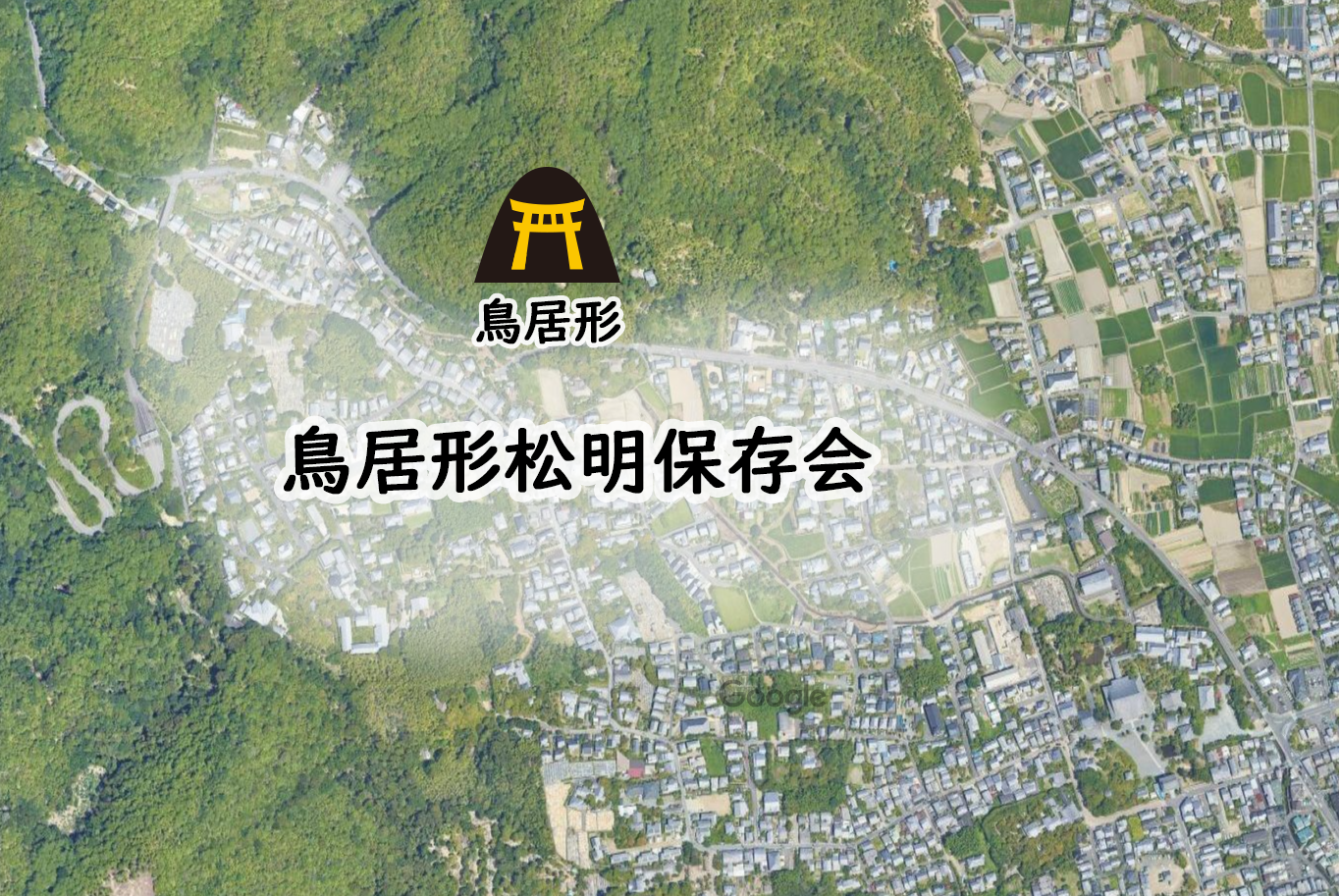
Toriigata Taimatsu Hozonkai
Members: ca 45
This association now carries over the task of preserving the Bonfire, which used to be done by the youth group, age 15~36, of Saga Toriimoto-cho community (Murakami 2013).

In the past sticks were struck into the earth and green bamboo was tied with them. Now steel grates whose height is 1 meter, buried in the hillside are used.
Number of Fires: 108
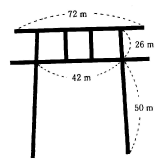
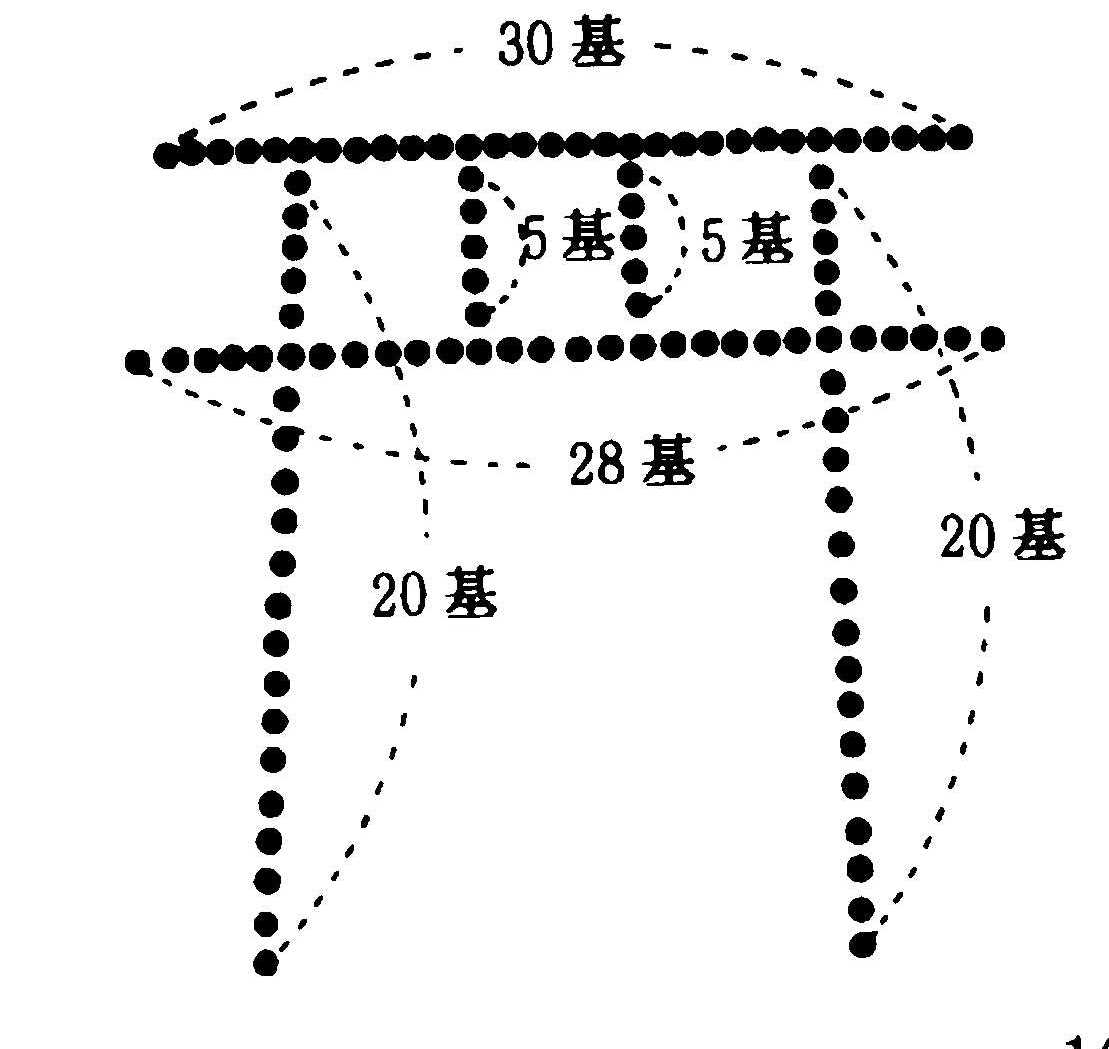
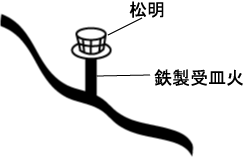


Torches:108 bundles of pine tree roots scantlings are used.

Q: Can we go up Mandara-san on August 16?
A: No climbing is permitted on that day.
Q: Can we volunteer for the fire?
A: No acceptance of volunteers.
Q: How can we offer the votive (homa) sticks?
A:
On August 13-1510 a.m.~4 p.m.
August 16 9 a.m.~3p.m.
both days till the sticks are sold out.
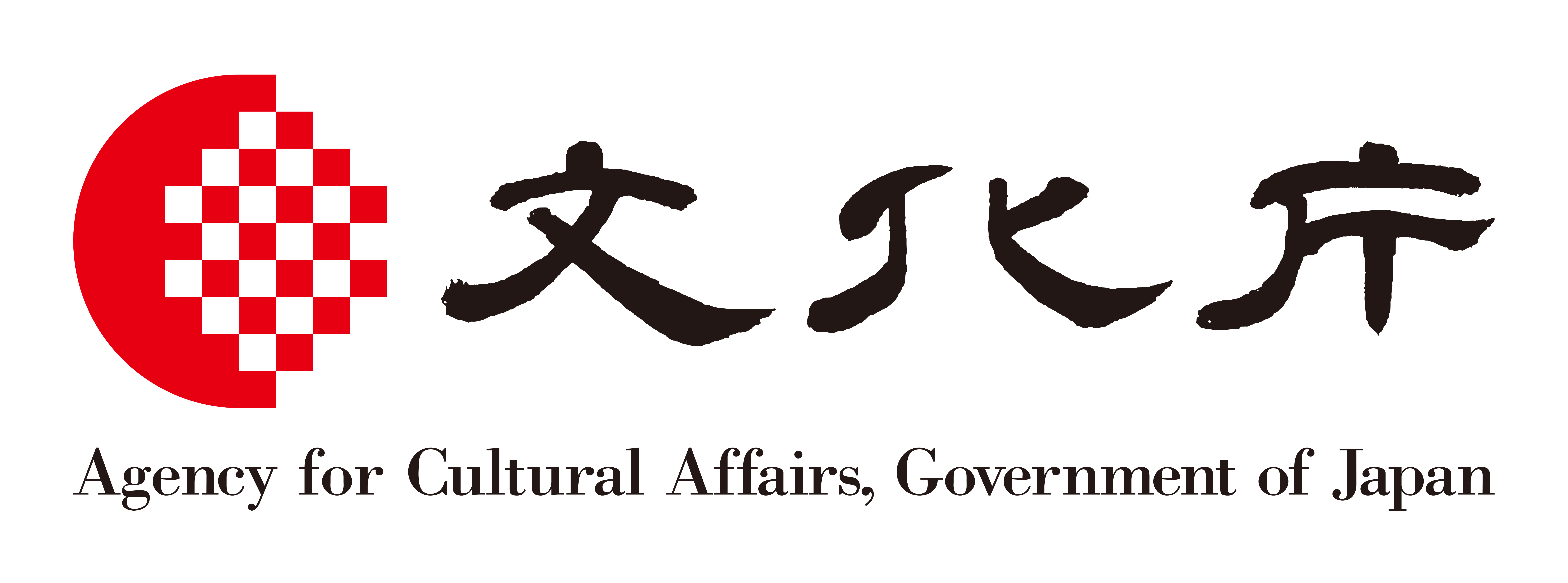
本事業は,令和2年度文化芸術振興費補助金(地域文化財総合活用推進事業(地域無形文化遺産継承のための新しい生活様式支援事業))の助成を受けて令和3年度に実施する「コロナ禍における無形民俗文化財のための継承・保存・活性化事業」の一部です。
※当ホームページに掲載するすべての写真につきまして、転載・複製を禁止します。
Copyright © Kyoto Gozan Okuribi Rengoukai All Right Reserved.















